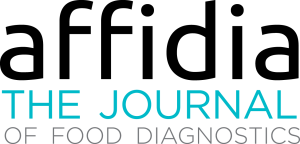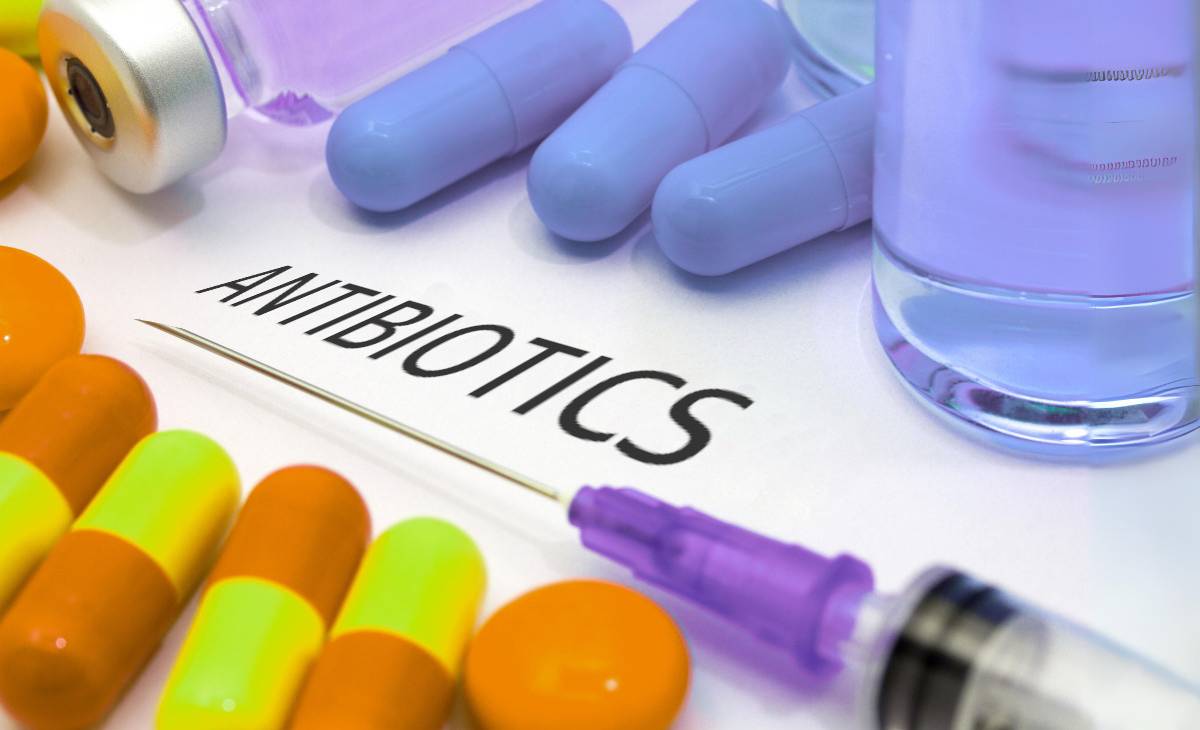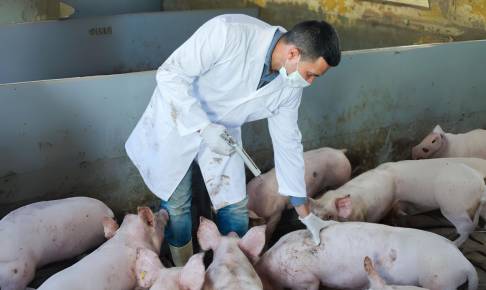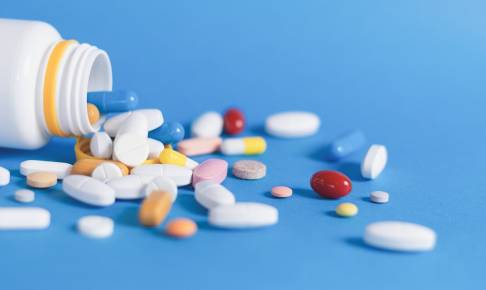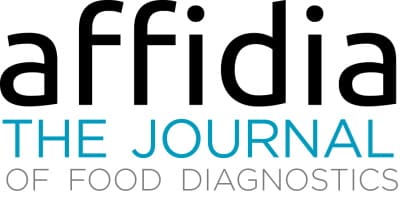Decline in antibiotic use linked to decreased AMR, multi-agency report reveals
A recent report by the European Centre for Disease Prevention and Control (ECDC), the European Food Safety Authority (EFSA), and the European Medicines Agency (EMA) highlights the significance of reducing antibiotic consumption in both food-producing animals and humans. The fourth joint report on the integrated analysis of antimicrobial consumption and antimicrobial resistance (AMR) presents compelling evidence of a connection between reduced antibiotic use and a decline in antibiotic-resistant bacteria.
AMR poses a severe threat to public and animal health, causing an estimated 35 000 deaths annually in the European Union and the European Economic Area. The economic burden of AMR on European healthcare systems is approximately €11.7 billion per year. The joint efforts of ECDC, EFSA, and EMA, as demonstrated in this report, call for continued action at national, EU, and global levels, harmonized surveillance of antimicrobial consumption and AMR, and targeted studies to deepen the understanding of AMR spread.
The report, known as JIACRA IV, adopts a One Health approach, emphasizing the interdependency of human and animal health. It examines data collected primarily between 2019 and 2021 regarding antibiotic consumption and AMR in Europe.
Notably, the analysis includes trends in antimicrobial consumption and AMR in Escherichia coli (E. coli) bacteria from both humans and food-producing animals, providing valuable insights into the changing landscape from 2014 to 2021. Among the key findings is a significant 44% decrease in antibiotic consumption in food-producing animals during the specified timeframe. This reduction correlates with a decline in antibiotic resistance observed in E. coli bacteria found in both animals and humans. The report underscores the potential for reversing concerning trends in antibiotic resistance through appropriate actions and policies.
The report also highlights the association between the use of specific antibiotic groups and resistance in both humans and food-producing animals. In humans, the usage of important antibiotic groups, including carbapenems, third- and fourth-generation cephalosporins, and quinolones, has been linked to resistance in E. coli bacteria. Similarly, the use of quinolones, polymyxins, aminopenicillins, and tetracyclines in food-producing animals is associated with antibiotic resistance in E. coli bacteria found in these animals.
Furthermore, the report underscores the potential transmission of bacterial resistance from food-producing animals to humans. Campylobacter jejuni and Campylobacter coli, which can be present in food-producing animals, have the potential to spread to humans through food, contributing to antimicrobial resistance.
The release of the statistical code used in the analysis, along with the report, encourages further research and analysis by experts in the field. This transparency enhances the collective efforts to combat AMR effectively.
Source:
